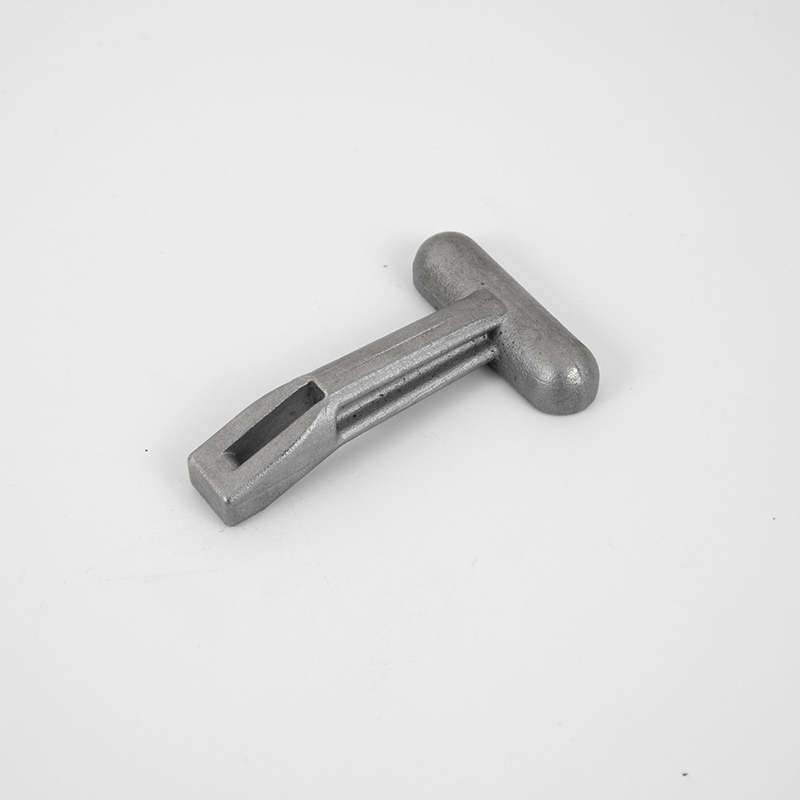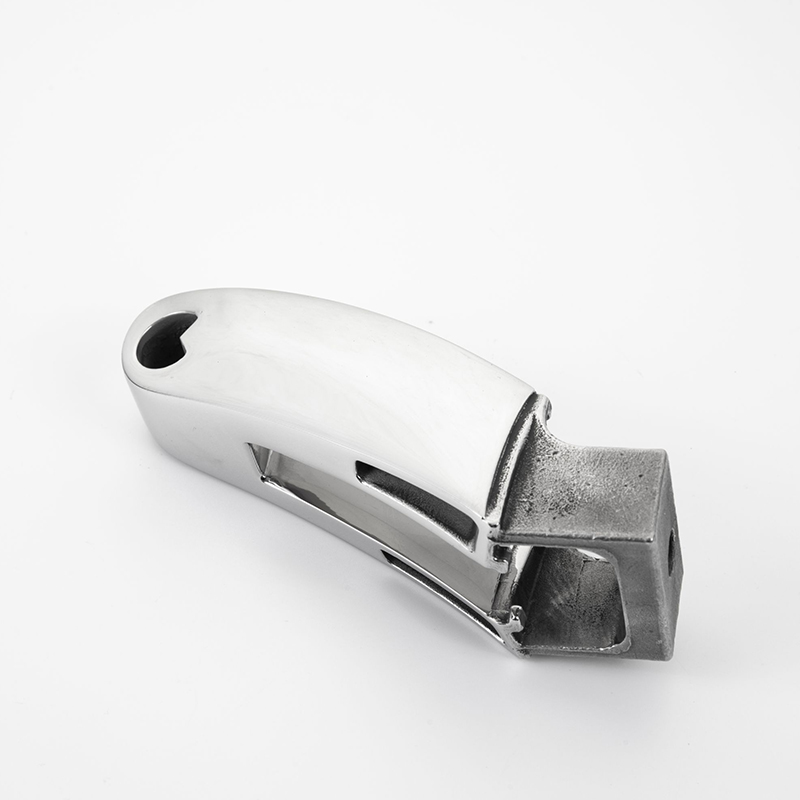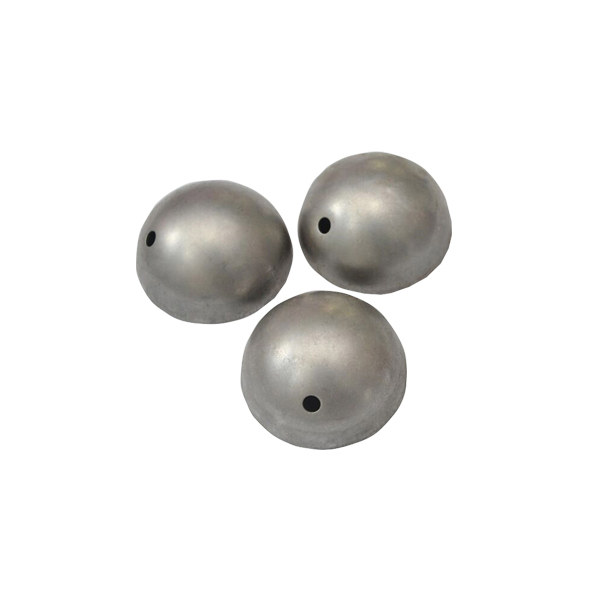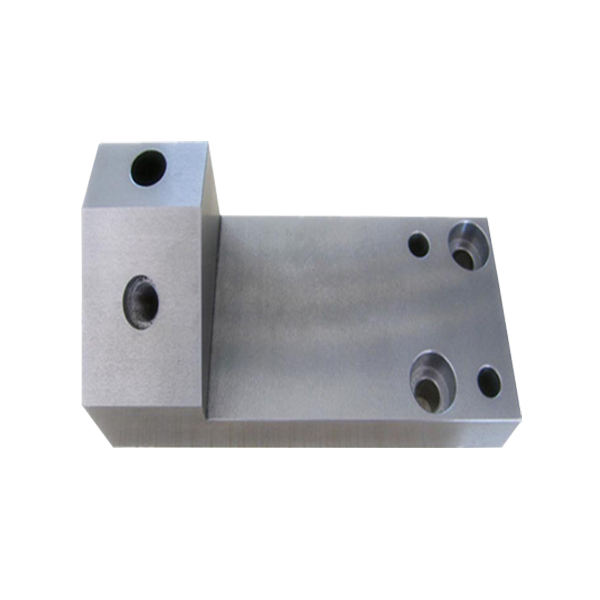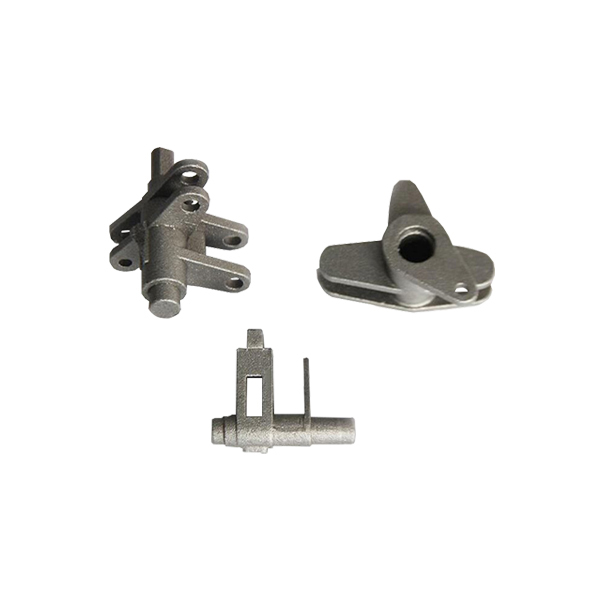Products
Lost Wax Casting
What is the lost wax casting?
You can rest assured to buy customized lost wax casting from us. We look forward to cooperating with you, if you want to know more, you can consult us now, we will reply to you in time!
Lost wax casting, also known as investment casting, is a metal casting process that dates back thousands of years and is still widely used today for the production of high-precision metal components. The process involves creating a wax pattern or replica of the desired part, which is then used to create a mold for the final metal casting.
Lost wax casting is valued for its ability to produce intricate and complex parts with high accuracy and fine surface details. It is commonly used in the production of jewelry, aerospace components, dental prosthetics, and various industrial and artistic applications where precision and intricate designs are required. The process allows for the production of near-net-shape parts, minimizing the need for extensive machining and reducing material waste.
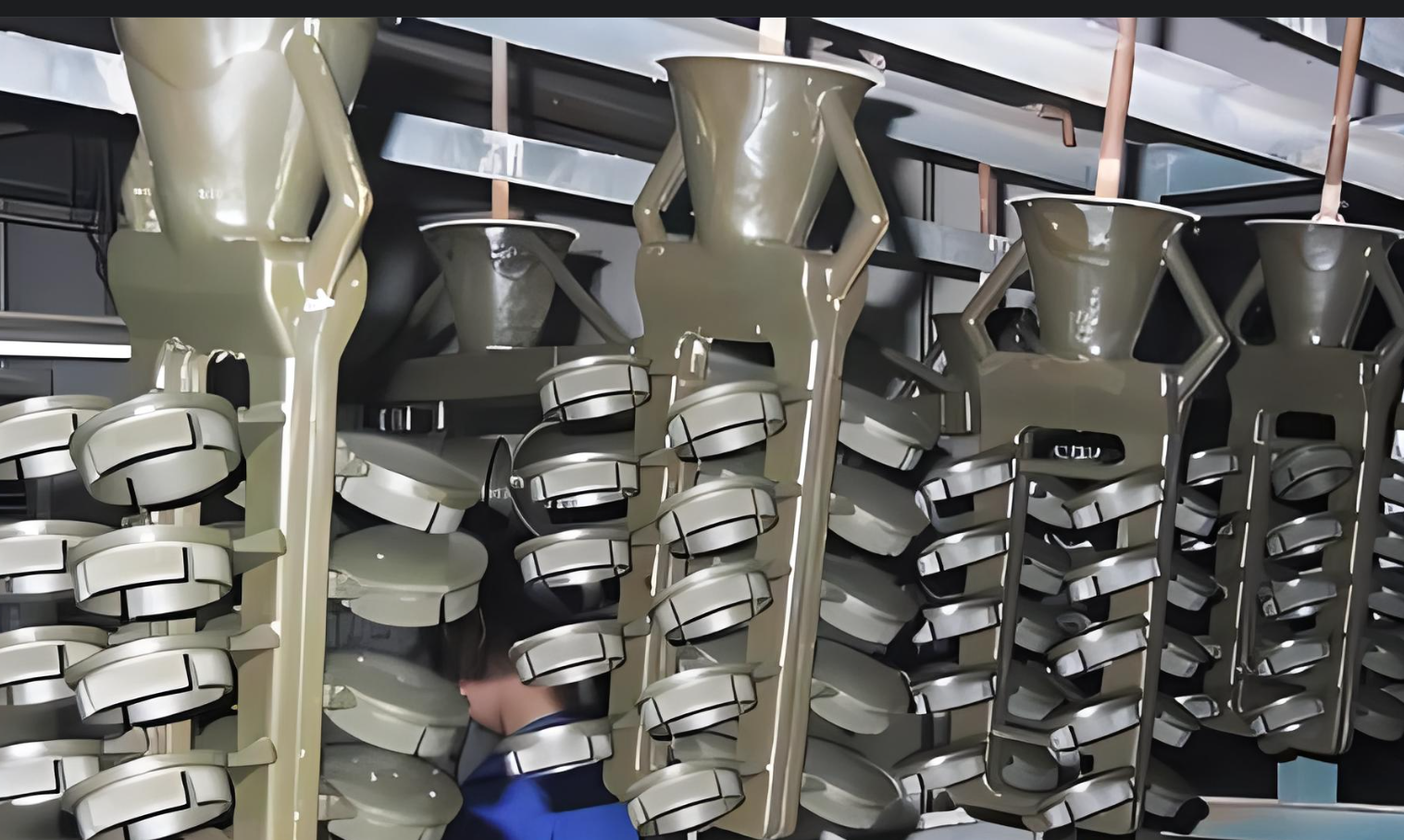
What’s the surface roughness and size tolearance can achieve made by lost wax?
In lost wax casting, the achievable surface roughness and size tolerance depend on various factors such as the specific casting process, the material being used, the complexity of the part, and the capabilities of the manufacturer. However, in general, lost wax casting is known for its ability to produce parts with relatively high precision and fine surface finishes. Here are some general guidelines for surface roughness and size tolerance in lost wax casting:
Surface Roughness:
The surface roughness achievable in lost wax casting can range from Ra 1.6 to Ra 6.3 micrometers (63 to 250 microinches) or even finer, depending on the specific requirements and the finishing processes applied to the casting.
The surface roughness can be further improved through post-casting processes such as machining, grinding, polishing, or other surface treatment methods.
Size Tolerance:
The size tolerance achievable in lost wax casting typically ranges from ±0.1 mm to ±0.5 mm (±0.004 inches to ±0.020 inches) for linear dimensions, depending on the size and complexity of the part.
Tighter size tolerances may be achievable for specific features or dimensions, especially with careful process control and precision tooling.
It’s important to note that achieving specific surface roughness and size tolerance requirements in lost wax casting may also depend on the material being cast, the design of the part, the capabilities of the foundry, and the level of post-casting machining or finishing that is applied.
For critical applications with stringent surface finish and size tolerance requirements, it’s advisable to work closely with the casting manufacturer to discuss the specific needs and to ensure that the casting process and finishing operations are capable of meeting the desired specifications. Additionally, the use of advanced inspection and measurement techniques can help verify the achieved surface roughness and size tolerance of the cast parts.
heat treatment cooperate with lost wax casting
Heat treatment is a common post-casting process used in conjunction with lost wax casting to modify the mechanical properties of the cast metal, relieve internal stresses, and achieve specific material characteristics. The application of heat treatment can enhance the strength, hardness, toughness, and other mechanical properties of the cast metal, making it suitable for various industrial applications. Here are some key aspects of heat treatment after lost wax casting:
Purpose of Heat Treatment:
Improve Mechanical Properties: Heat treatment can be used to alter the microstructure of the cast metal, leading to changes in hardness, strength, ductility, and toughness.
Relieve Internal Stresses: Casting processes, including lost wax casting, can introduce internal stresses in the metal. Heat treatment can help relieve these stresses, reducing the risk of part distortion or cracking.
Refine Grain Structure: Heat treatment can refine the grain structure of the metal, leading to improved mechanical properties and better overall performance.
Common Heat Treatment Processes:
Annealing: This process involves heating the cast metal to a specific temperature and then slowly cooling it to modify its microstructure, relieve internal stresses, and improve machinability.
Quenching and Tempering: Quenching involves rapid cooling of the cast metal to achieve high hardness, followed by tempering to reduce brittleness and improve toughness.
Solution Treatment: This process is used for certain alloys to dissolve and homogenize the alloying elements, followed by quenching and aging to achieve the desired properties.
Material Considerations:
Different metals and alloys used in lost wax casting may require specific heat treatment processes tailored to their composition and intended application. Common materials include various grades of steel, stainless steel, aluminum, and other alloys.
Process Control and Quality Assurance:
Proper control of the heat treatment process, including heating and cooling rates, soak times, and temperature uniformity, is essential to achieve the desired material properties and avoid issues such as distortion or cracking.
Quality assurance measures, including non-destructive testing and material property verification, are important to ensure that the heat-treated castings meet the specified requirements.
It’s important to work closely with experienced foundries and heat treatment facilities to determine the appropriate heat treatment processes for specific castings, taking into account material specifications, design requirements, and the desired mechanical properties. Collaboration with metallurgical experts and material engineers can help optimize the heat treatment process to achieve the desired material characteristics for the cast parts.
how to guarantee the casting quality and avoid the casting damage on the surface.
Ensuring casting quality and preventing surface damage is crucial in the manufacturing process. Here are some key considerations to guarantee casting quality and avoid surface damage:
Proper Mold Design and Preparation:
Use high-quality molds and patterns to ensure accurate reproduction of the desired part geometry.
Pay attention to mold surface finish and quality to prevent defects from transferring to the casting surface.
Material Selection and Preparation:
Use high-quality raw materials, including metal alloys and molding materials, to ensure the integrity of the casting.
Properly prepare and handle the materials to prevent contamination and ensure consistent quality.
Process Control and Monitoring:
Implement strict process controls to maintain consistent casting parameters, such as temperature, pressure, and cooling rates.
Monitor the casting process using advanced techniques such as real-time monitoring, non-destructive testing, and inspection to detect defects early.
Quality Assurance and Testing:
Conduct thorough inspections and testing throughout the casting process, including dimensional checks, visual inspections, and non-destructive testing methods such as X-ray, ultrasonic testing, or dye penetrant testing.
Implement quality control measures to identify and address any deviations from the specified quality standards.
Surface Protection and Handling:
Implement proper handling and storage procedures to prevent surface damage during transportation and storage.
Use protective coatings or packaging to safeguard the casting surfaces from scratches, corrosion, or other forms of damage.
Post-Casting Processes:
Implement appropriate post-casting processes, such as heat treatment, machining, and surface finishing, to enhance the quality and integrity of the castings.
Ensure that post-casting processes are carefully controlled to avoid introducing defects or damage to the casting surface.
Training and Skill Development:
Provide comprehensive training to personnel involved in the casting process to ensure they understand the importance of quality control and surface protection.
Foster a culture of quality consciousness and continuous improvement to drive excellence in casting production.
By focusing on these key areas and implementing robust quality control measures, manufacturers can minimize the risk of surface damage and ensure the production of high-quality castings that meet or exceed industry standards and customer expectations.
- View as
Ductile Iron Lost Wax Casting
High quality Ductile Iron Lost Wax Casting is offered by China manufacturer Keming Machinery. Buy Ductile Iron Lost Wax Casting which is of high quality directly with low price.Ductile iron lost wax casting is a foundry process used to produce complex-shaped iron castings with high strength, excellent ductility, and good impact resistance. In ductile iron lost wax casting, a wax pattern is made using a mold that replicates the desired part shape.
Iron Lost Wax Casting
You can rest assured to buy customized Iron Lost Wax Casting from us. We look forward to cooperating with you, if you want to know more, you can consult us now, we will reply to you in time!Iron lost wax casting is a type of investment casting process used to create complex iron parts with high dimensional accuracy and surface quality. The process involves creating a wax pattern that resembles the desired final shape of the part, then coating the wax pattern with a ceramic shell to create a mold. The wax is melted out of the mold, and molten iron is poured into the hollow ceramic shell to produce the final part.
Carbon Steel Lost Wax Casting
The following is the introduction of high quality Carbon Steel Lost Wax Casting, hoping to help you better understand Carbon Steel Lost Wax Casting. Welcome new and old customers to continue to cooperate with us to create a better future!Carbon Steel Lost Wax Casting, also known as investment casting or precision casting, is an advanced manufacturing process used to produce complex parts. The process involves creating a wax replica of the part, coating it with a ceramic material to create a mold, melting out the wax, and pouring molten carbon steel into the mold.
Alloy Steel Lost Wax Casting
As the professional manufacturer, we would like to provide you Alloy Steel Lost Wax Casting . And we will offer you the best after-sale service and timely delivery.Alloy Steel Lost Wax Casting, also known as investment casting, is a manufacturing process used to create complex and durable parts made of alloy steel. This process is similar to stainless steel lost wax casting, but it uses different alloys rather than stainless steel.
Stainless Steel Lost Wax Casting
You can rest assured to buy Stainless Steel Lost Wax Casting from our factory and we will offer you the best after-sale service and timely delivery.Stainless steel lost wax casting is a popular and widely used casting process that is used to manufacture a variety of stainless steel parts with a high degree of accuracy and precision. This process involves creating a wax pattern of the part to be cast, coating the pattern with a ceramic material to create a mold, melting away the wax to form a cavity, and then pouring in molten stainless steel to fill the cavity.
Steel Lost Wax Casting
You can rest assured to buy customized Steel Lost Wax Casting from us. We look forward to cooperating with you, if you want to know more, you can consult us now, we will reply to you in time!Steel Lost Wax Casting is a process where metal alloy parts are made using a wax pattern that is then used to create a mold. The process is called lost wax casting because the wax pattern is melted and drained away from the mold after it has been cast.
